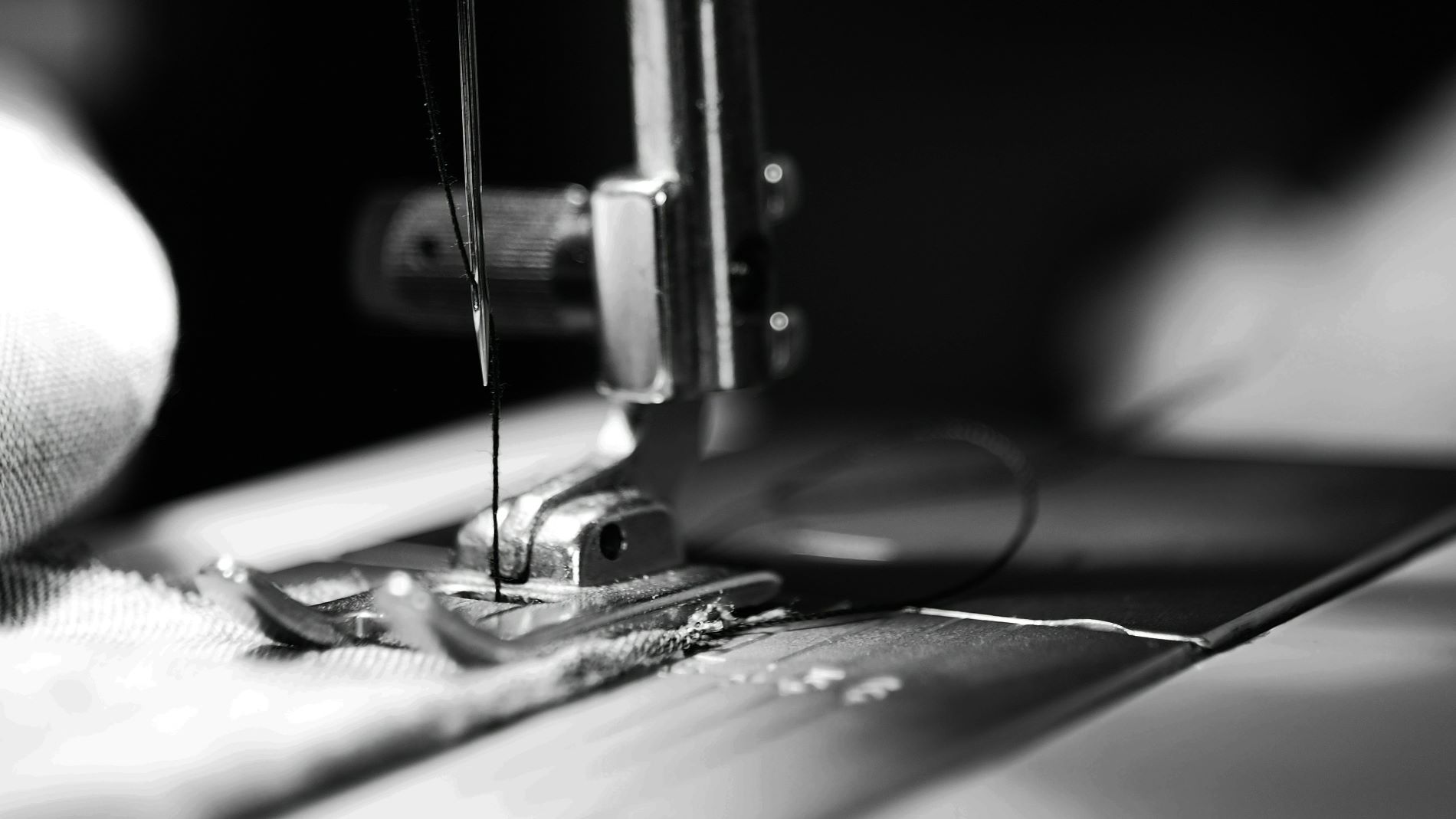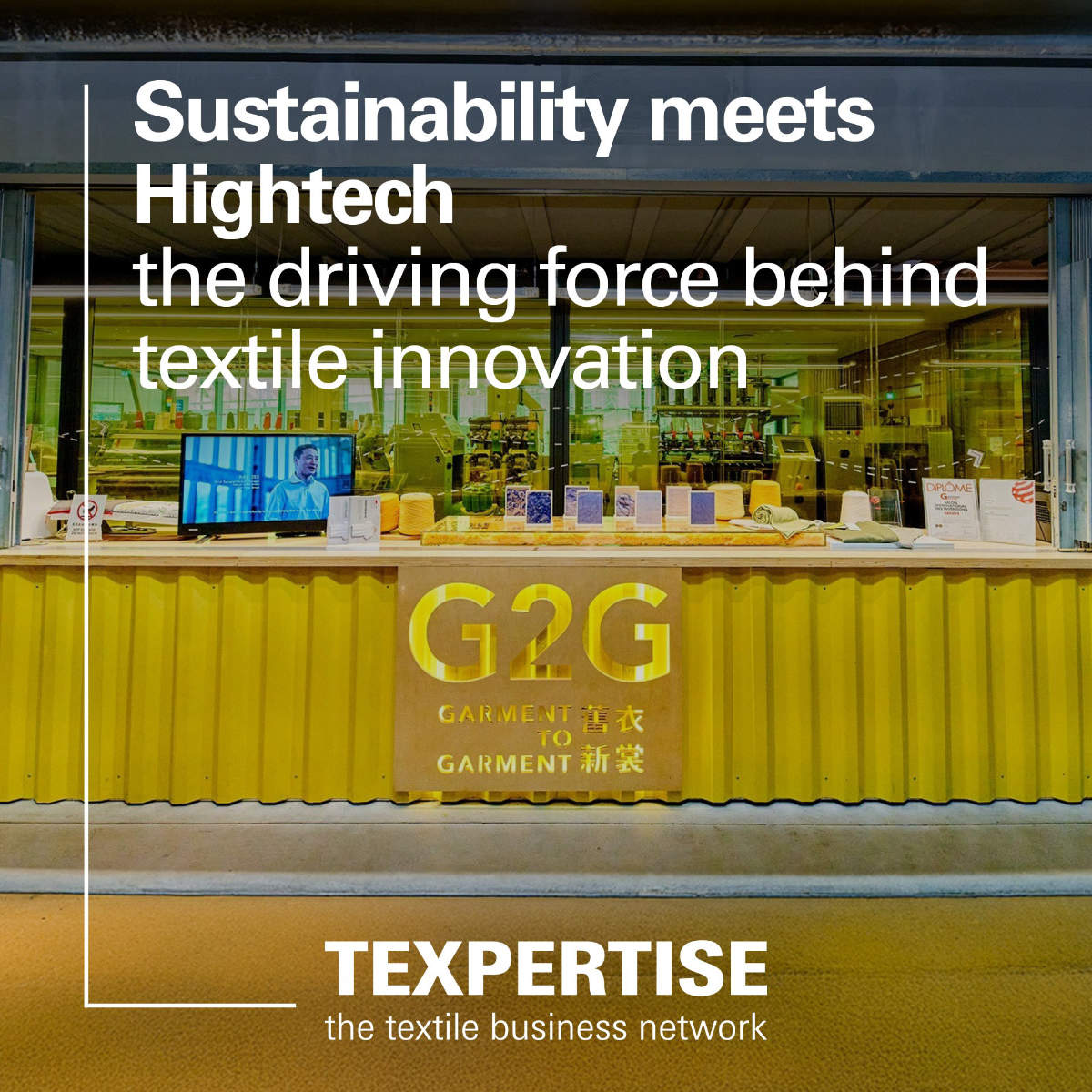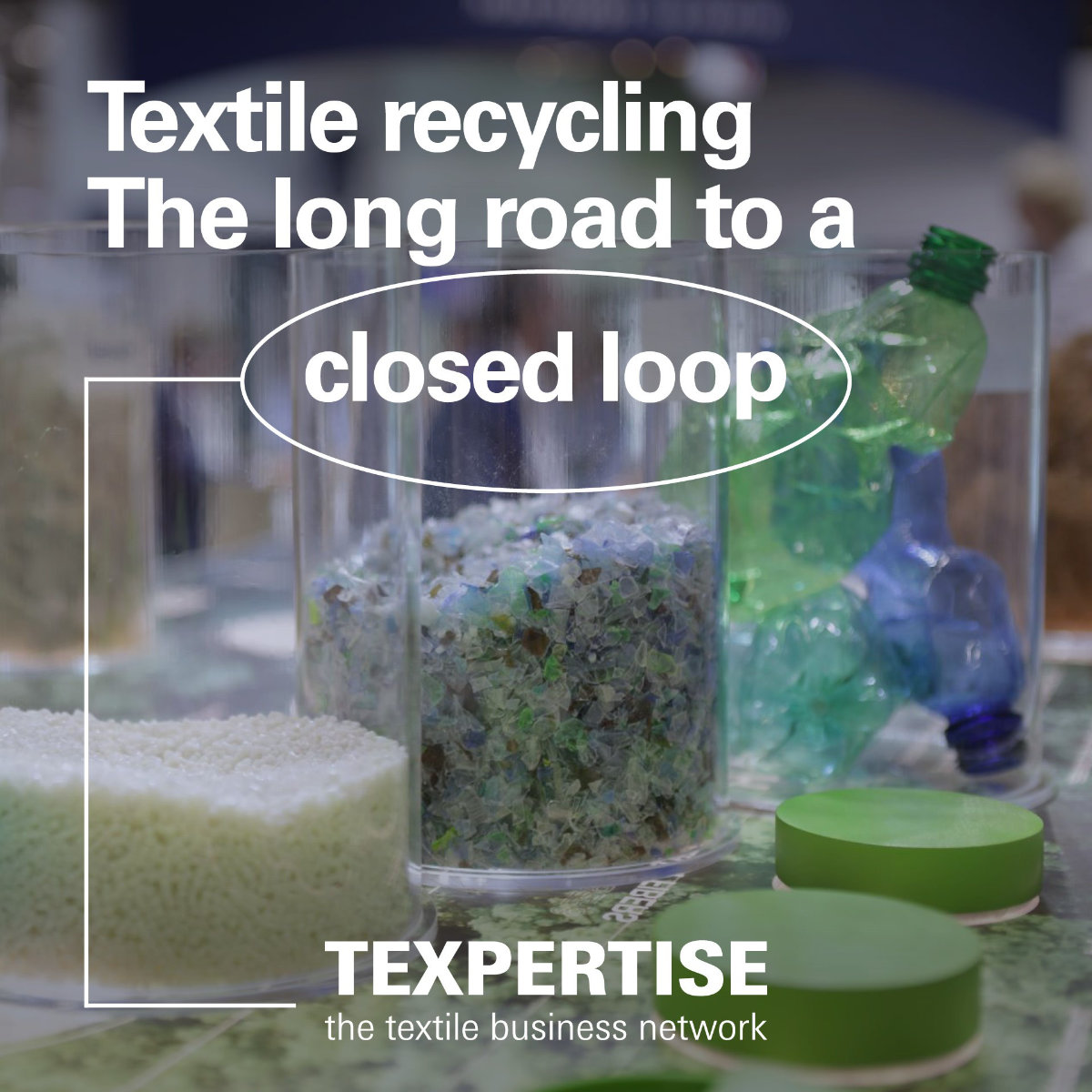Reading time: 4 minutes
Robotic sewing refers to the automated integration of robotic systems into textile processing – a milestone in precision, efficiency and sustainability. In the face of skilled labour shortages, rising material and time costs, and growing demands for design sophistication, this technology is becoming increasingly important. It offers both interior textile specialists and processing experts new opportunities for innovative, aesthetic and resource-efficient solutions.
What is robotic sewing?
Robotic sewing combines highly precise robotic arms with advanced sensor technology, imaging systems and intelligent control software to carry out sewing operations fully automatically and without errors. Unlike traditional manual work, it enables millimetre-accurate stitching, flexible adjustments and repeatable processes without quality variation. Cameras, laser scanners and tension sensors continuously analyse the fabric’s position, detect patterns or material deviations and adjust movements in real time.
This allows complex stitching patterns, intricate fabric structures and various material types to be processed efficiently. The result is consistently high quality, shorter production times and a significant reduction in material waste – ideal for the needs of modern interior and industrial manufacturing.
Technological innovations behind robotic sewing
Modern robotic arms are the heart of robotic sewing. With multiple axes, they enable flexible movement, even in confined spaces, and offer high repeatability – ideal for precise fabric handling. Special grippers such as suction devices or clamps handle fabric layers securely and pass them accurately to the sewing stations.
Artificial intelligence and machine learning control adaptive seam guidance: sewing parameters such as speed or stitch length automatically adjust to changes in material or pattern. Computer vision cameras detect fabric defects or deviations and trigger process-integrated corrections in real time.
Sensor systems (e.g. for fabric tension and motion) respond dynamically – ensuring optimal fabric positioning and exact processing without tearing or distortion.
Drivers for robotic sewing adoption
The use of robotic sewing is driven by several factors. The ongoing shortage of skilled labour in textile processing is increasing the demand for automated solutions that deliver consistent quality even at high volumes. At the same time, time and cost pressures across global supply chains are forcing companies to adopt more efficient production methods.
Robotic sewing also contributes to greater sustainability, as precise control reduces material consumption and waste. Studies show that productivity can increase by up to 25%, while production costs can fall by around 20% – a key competitive advantage in an increasingly technology-driven textile industry.
Another recent research example from Cornell University: an automated system for pleated trousers reduced labour time by 93%, machine runtime by 73% and increased production rates by 72% – all with significantly less material use.
Key advantages at a glance:
- Higher throughput rates
- Reduced material waste
- Precise and reproducible results
- Adaptability to different designs and fabrics
Applications in the interior sector
Robotic sewing is opening up new possibilities for interior textiles and home applications: upholstery fabrics, acoustic panels, decorative curtains – even complex patterns and custom designs can be executed precisely. The technology enables individual designs with consistent quality and less waste. Especially in contract design – hotels, offices, lobbies – decision-makers and interior designers benefit from the combination of creativity and efficiency. The clean execution of complex designs saves materials and increases textile longevity.
Applications in textile processing
In the processing world, tech-savvy professionals are impressed: robotic sewing allows seamless integration into CAD/CAM systems and series production. Smart textiles and technical fabrics – from automotive and medical to outdoor applications – can be manufactured automatically and with high precision, even with complex structures or demanding material combinations.
Manufacturers of robotic sewing machines
A well-known example is SoftWear Automation and its “Sewbots”, a machine-based sewing workline system for T-shirts. The manufacturer stands out for its robotics and vision technology enabling end-to-end automation. Sewbo, meanwhile, uses an innovative approach: textiles are temporarily stiffened with a water-soluble polymer film, allowing standard robots to handle them.
KUKA robots are also prominent, such as the KR AGILUS and KR SCARA series. These compact, agile robots precisely pick pre-cut fabric layers from a stack – with integrated sensors and grippers ensuring single-layer pick-up, avoiding multiple pieces and increasing process quality and efficiency.
Conclusion: robotic sewing enables fully automated production lines
The future of textile processing lies in fully automated production lines where robotic sewing is seamlessly connected with cutting, embroidery and quality control systems. On-demand manufacturing, mass customisation and the use of digital twins enable highly efficient and low-error planning. Small and medium-sized companies in particular benefit from modular robotic systems that can be deployed flexibly and cost-effectively. Robotic sewing not only creates space for creativity but also fosters sustainable solutions and stronger global integration.
FAQ – frequently asked questions
What are the benefits of robotic sewing for interior textiles?
Robotic sewing enables precise and efficient processing of furniture and contract textiles with minimal waste and high reproducibility. Even complex or custom-made designs – for hotels, offices or premium residential projects – can be implemented consistently and in less time, while reducing material waste and improving sustainability.
Is robotic sewing suitable for small-scale producers?
Yes. Thanks to modular systems and decreasing entry costs, robotic sewing is increasingly attractive for small and medium-sized enterprises. They benefit from improved efficiency, reduced error rates and the ability to implement creative designs sustainably and precisely. These systems can be flexibly integrated into existing processes – often with ROI achieved within just a few years.
What role does AI play in robotic sewing?
Artificial intelligence controls adaptive seam guidance, analyses fabrics in real time and detects even the smallest deviations or defects instantly. These are corrected immediately during the ongoing process, ensuring precision and consistently high quality. AI also optimises material use, reduces waste and accelerates production workflows – making it a key technology for modern, sustainable and competitive textile manufacturing.










